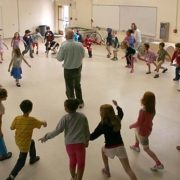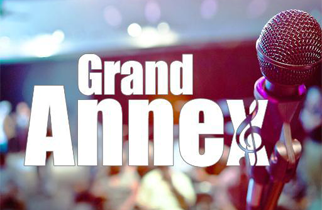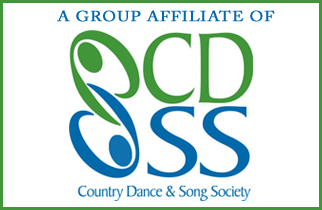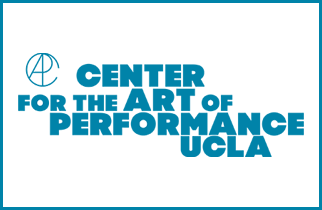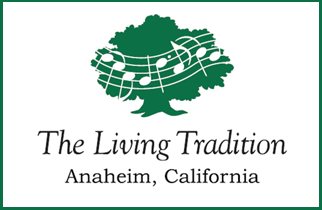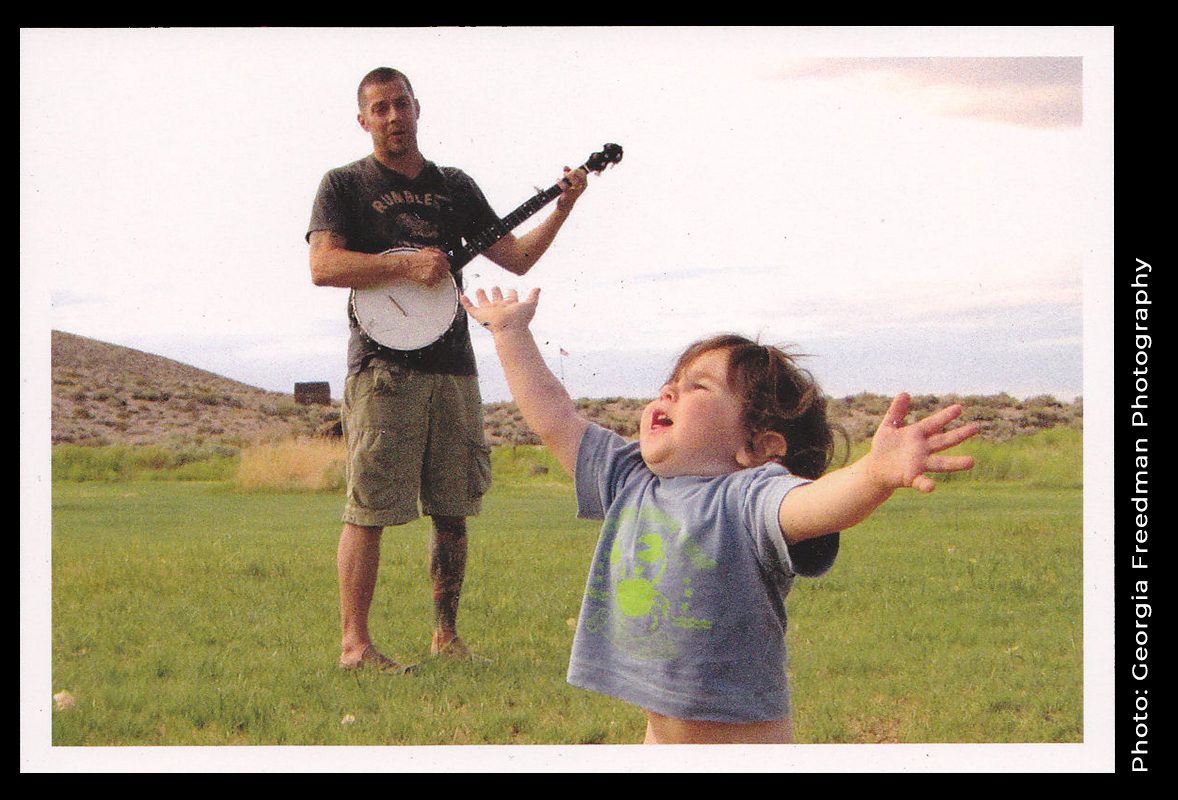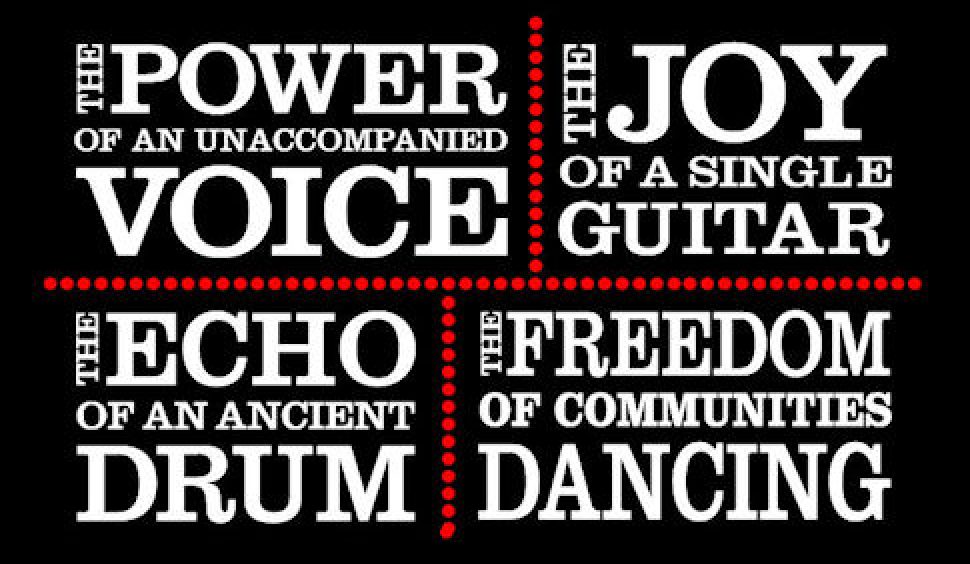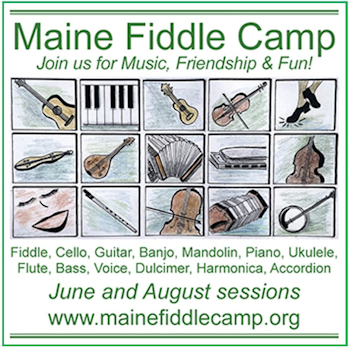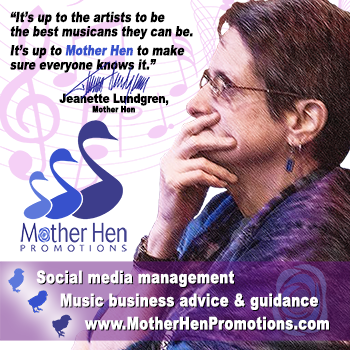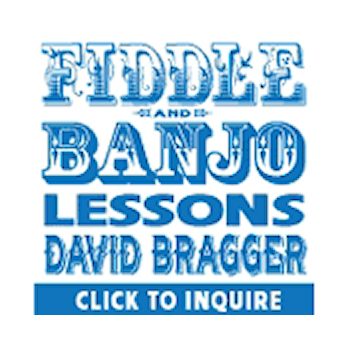Evo Bluestein Teaches Democracy
A Syllabus of Folk Music's Past and Future
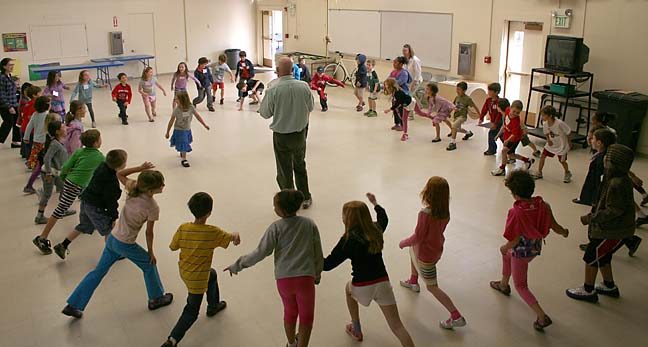 I’m new to the organized folk community, the kid pulling on pants-legs, asking annoying questions. Lucky for me, Evo Bluestein likes kids. He’s dedicated most of his life to teaching kids how to build community through traditional song and dance.
I’m new to the organized folk community, the kid pulling on pants-legs, asking annoying questions. Lucky for me, Evo Bluestein likes kids. He’s dedicated most of his life to teaching kids how to build community through traditional song and dance.
I’d connected with Evo just as he was leaving the U.S. for France. He said he’d reach out when he got back, and he did. In preparation for this conversation–to get a feel for what’s important to Evo–I did a night-before-the-exam read of Wind Blowing Across a Field: Wisdom and Tales from 25 Musicians, co-written with Juliana Harris. The influence of the old masters is something I love to discuss, and here’s a whole book comprised of the words I seek. Evo and Juliana rounded them up for me.
Me: Your book begins: “Traditional music inoculates our brains against being completely swept away by the influence of technology. It wakes you up in a certain way.” (This quote is Professor Mark Simos of the Berklee School of Music.)
EB: That book is talking about an era of musicians: not the mentors, but people who came after, basically how people learned before computers and the internet. Bulgarian bagpipes on Youtube–we couldn’t do that. We sought out old-timers. Vastly different. I too, am somewhat addicted to the technology. We don’t want to be without it for too long.
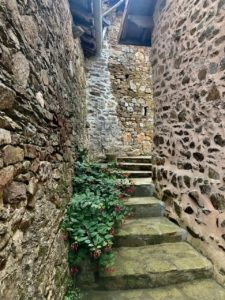
an old stone building from 1728 France – photo by Evo Bluestein
I was just in Europe in a remote countryside place for about a month. I did have a fiddle. You’re sitting down without your electronic toys. It’s great to remember what you know and practice it without electronics. It’s just a different world. When you sit down and play without any electronics, you’re forced to use your brain the way it was done for a lot longer than it was done with the technology. In this hamlet, many of the buildings are from the 1700s, and I’m playing music from the same period. There’s something beautiful about being in an old stone building from 1728 and playing a beautiful English or French dance tune from the exact same era.
Me: The book also says: “…students could still find the old-timers, visit them, and learn directly. One could obtain a firsthand apprenticeship and a deep understanding of the culture from which the music derives.” How do we do that now?
If you live in, let’s take the Appalachian mountains, you have a strong culture to draw on right there. Yes, in old times we visited old-timers who were willing to share what their traditions were, for free. Now most of them are gone. This has been my business for as long as I’ve been in business, which was right out of high school. If you want to learn the traditional arts, there are music camps across the country just about any time of year–Irish week, blues week, or swing week–people of my generation or younger are teaching in music camps. It’s not impossible to find someone in your community who will give you the information for free, but it’s a gig for most of us. And why shouldn’t it be?
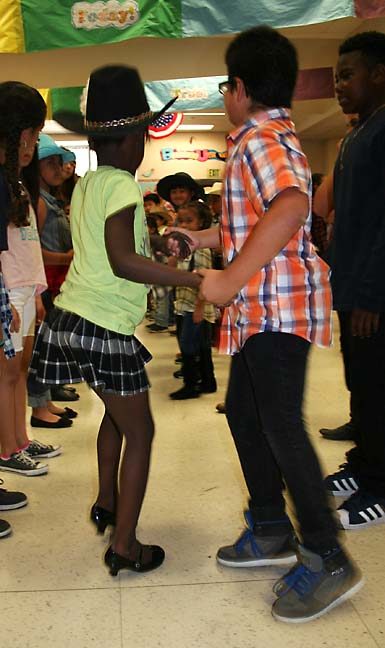
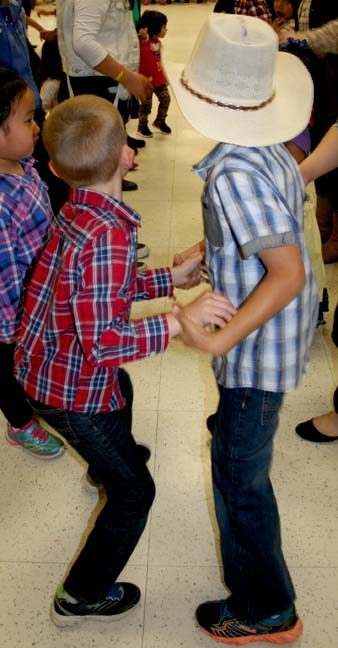
Editor’s Note: Times have changed. Not long ago a household ran on a single income; now side-gig hustle is considered normal, even necessary. The level of work involved to put on even a small local event is hard to understand for many consumers. A homegrown book, record, or art exhibit costs financially, emotionally, and energy-wise. It takes dedication to make art and music.
Please support your local creatives by shopping holiday fairs, attending house concerts, giving kind words of encouragement and casseroles. Teach your children that they can have two careers. Help them accept their creative passions. Don’t belittle their interests as “just a hobby.”
Putting away my soapbox now. Let’s hear what Evo’s got to say.
Me: So what’s different, then, using tech vs. doing this without the tech?
EB: As soon as you start, the goal is usually to do this with people. We get together like people did for hundreds of years; ultimately, you don’t need technology. Part of my job is to encourage that. I say, “Let’s have a music party, maybe with music stands and stuff. Find a bunch of people who are at your level, get together and get better together.”
In any genre there’s thousands of people sitting on the edge of their beds with their instruments, wondering where the other beginning jazz, blues, old time, singers–where are those people? You can use the internet to find a contra dance scene in your town. Then get off the bloody internet and go do it!
Me: The book also said that music history was “mired in academia–if it wasn’t composed in Europe, it wasn’t music.” Are we still fighting eurocentrism?
EB: In some places definitely, but as it also says in the book, now we have things we didn’t have at all. You can go to the Berklee school of music and many other institutions and study folk arts. Blues has influenced rock, and jazz, and hip-hop–the influence of African American culture is so strong, but we still suffer with racism. People who say they don’t like black people make me wonder: You don’t like Jimi Hendrix, Lena Horne, Jackie Robinson?
Jazz music was kind of like a dirty word. And now there’s hardly a high school in the country that doesn’t have a jazz band. So music evolves, and we accept it, artistically, and hopefully culturally. I came home from Europe to see there’s been another shooting with a racist shooter–clearly a hate crime. American education has failed so greatly if people can get through our school system and not know actual history–and to know that people are fighting to prevent us from learning actual history!
NPR this morning had a feature this morning of a resurgence of banjo as an accepted form of African American culture. If you’ve been involved in this as I have for my whole life, this is not new. As time goes on in our technological world, more and more research is being done and the whole subject of banjo as a black instrument comes to life more and more.
me: I’m looking at your bio:
Evo’s childhood home hosted an array of America’s great bearers of traditional music culture: Pete, Mike and Peggy Seeger, Bessie Jones, Jean Ritchie, Elizabeth Cotten, Tommy Jarrell, Dewey Balfa, Dennis McGee, Doc Watson, and Lightnin’ Hopkins–each of whom visited due to his father’s position at California State University, Fresno.
…it seems to me that you are literally the bridge between the generation of which you write, and the next one.
EB: I think it is an astute observation.
me: Can you tell me, not in technical terms but impressions of being proximal to these greats: How much did you know they were great when you met them, and how did that anticipation of greatness transform in their presence? How do you encapsulate the experience of a child who’s not experiencing what the other kids do?
EB: On one hand, the kids in our family sort of felt like this must be the way everyone lives. Eventually we realized it was a different existence–fortunately, normal for us. Mississippi Fred McDowell and I almost burned down my folks’ garage when he taught me how to make a bottleneck slide for my guitar (the method involved gasoline.) I still have the bottleneck. Once, when musicologist Charles Seeger visited our home (Pete’s father), I walked into the living room and he was standing on his head in lotus position. At the age of ten I didn’t know about yoga.
We lived in Paris in 1975 and started hitting folk clubs as a family group. Ever since then we’ve had a Francophile element, which was great for learning Cajun and zydeco, but sort of pointless in California.
As I grew old enough, I began promoting the shows for visiting musicians. The next phase was going on the road myself and experiencing it from the other side, being hosted by others.
me: How does dance connect with people in a way different from attending a music performance?
EB: First of all, music when you learn to play it, and dance when you do it, you’re getting out of the spectator mode. People are used to paying to be in an arena with thousands of people.
Everybody should know how to have a connection to creating. The dance part is an extension–your body is becoming an extension of the music. Maybe you don’t play it, but you’re moving in rhythm to it. You are an extension of the music, whether you play or not, you’re saying, “I’m willing to interact with these other people and the caller and the band.”
Me: In a way, you’re a part of the band.
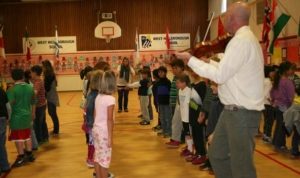
Evo Bluestein calls and fiddles at West Hillsborough School
EB: That’s right. I learned to call dances while I play the fiddle. I teach an entire pre-K through 6th grade school for a week, Monday-Friday every day, ending with a Friday night barn dance, which is really community building. When I started, I thought the importance was bringing culture. What I realized soon into it was that teaching kids how to behave with other people was maybe even more important! In my program everybody is part of the community. I’m teaching democracy.
A lot of people around the country are involved in contra dance–it’s kind of addictive the way the traffic flows. There’s a lot of kinds of community dance, square dancing, English dance…Contra dance is so addictive that the caller might get booed for calling square dance!
At FAR-West, I’m gonna mix it up. There are so many wonderful dances from different traditions. It can be a mixture of things and still have continuity. Continuity is the connection you have with other people.
As well as calling dance at the FAR-West 18th Annual Conference, Evo will present Storytelling: The West Coast Folk Music Revival of the 1960s and ’70s. He has a wealth of research from which to draw, compiled for his books Road to Sweet’s Mill and Wind Blowing Across a Field. If you haven’t registered for the conference yet, well, come on over: Register Here for FAR-West 2023.
Evo Bluestein Teaches Democracy
A Syllabus of Folk Music's Past and Future

